![]()
![]()
![]()
Use LEFT and RIGHT arrow keys to navigate between flashcards;
Use UP and DOWN arrow keys to flip the card;
H to show hint;
A reads text to speech;
72 Cards in this Set
- Front
- Back

|
Auditory or Eustachian tube |
|
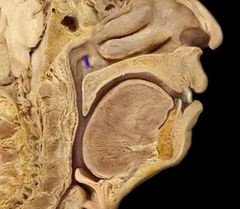
|
Auditory/ eustachian tube |
|
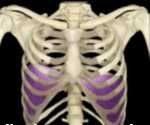
|
Diaphragm muscles |
|

|
Epiglottis |
|
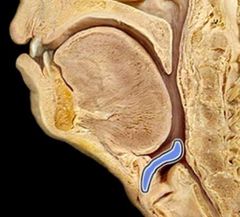
|
Epiglottis |
|
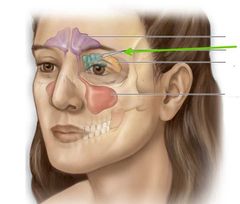
|
Ethmoidal sinus |
|
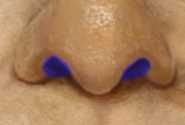
|
External nares |
|
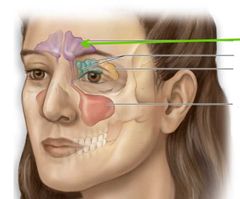
|
Frontal sinuses |
|
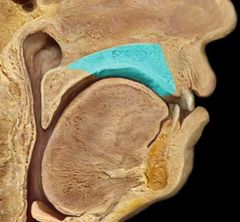
|
Hard palate |
|

|
Hard palate |
|
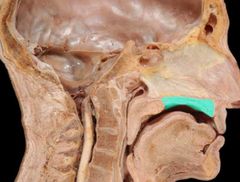
|
Hard palate |
|

|
Intercostal muscles |
|
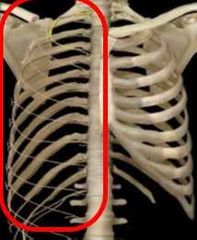
|
Intercostal nerves |
|
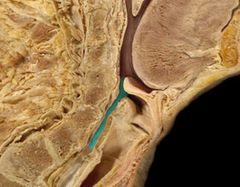
|
Laryngopharynx |
|
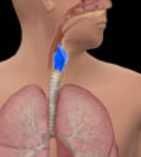
|
Larynx |
|
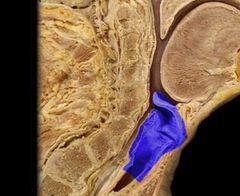
|
Larynx |
|

|
Larynx |
|

|
Left lung |
|

|
Left lung |
|

|
Lingual tonsils |
|
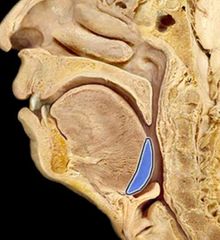
|
Lingual tonsils |
|

|
Maxillary sinus |
|
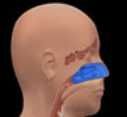
|
Nasal cavity |
|

|
Nasal cavity |
|
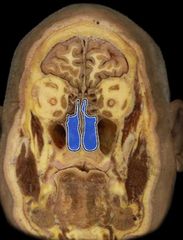
|
Nasal cavity |
|
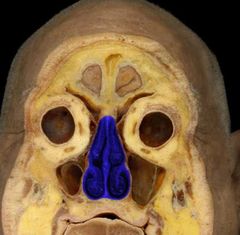
|
Nasal cavity |
|
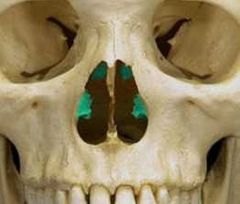
|
Nasal conchae |
|
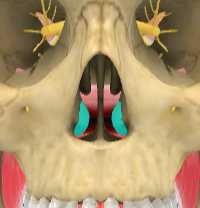
|
Nasal conchae |
|
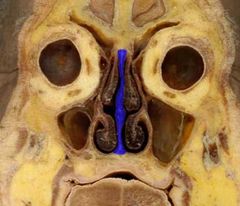
|
Nasal septum |
|
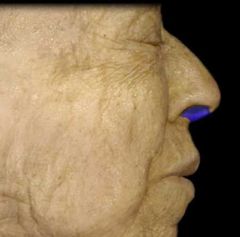
|
Nasal septum |
|
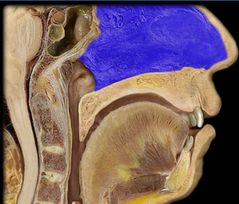
|
Nasal septum |
|
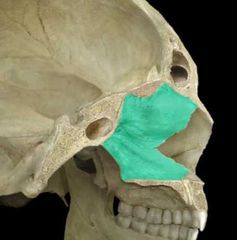
|
Nasal septum |
|
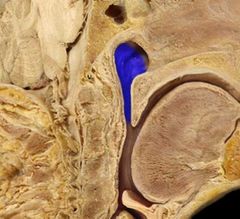
|
Nasopharynx |
|
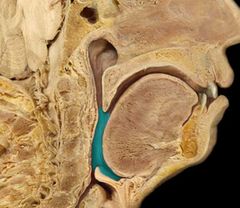
|
Oropharynx |
|

|
Palatine tonsils |
|

|
Palatine tonsils |
|
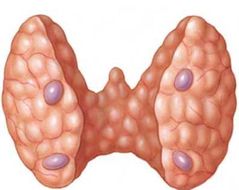
|
Parathyroid gland |
|
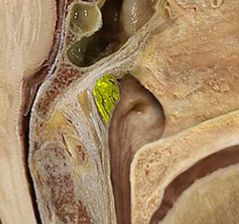
|
Pharyngeal tonsils |
|
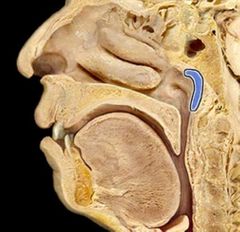
|
Pharyngeal tonsils |
|
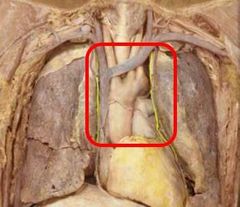
|
Phrenic nerve |
|
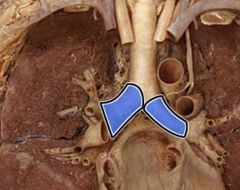
|
Primary bronchi |
|
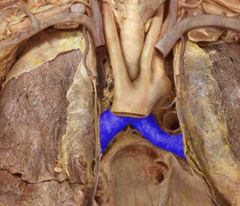
|
Primary bronchi |
|
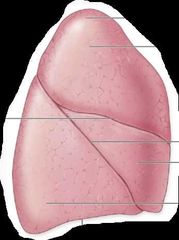
|
Right lung |
|
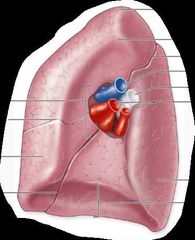
|
Right lung |
|
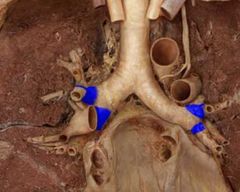
|
Secondary (lobar) bronchi |
|

|
Soft palate |
|

|
Soft palate |
|
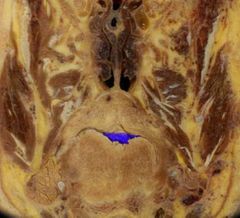
|
Soft palate |
|
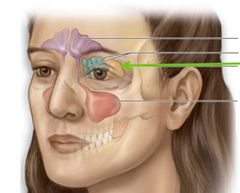
|
Sphenoidal sinuses |
|
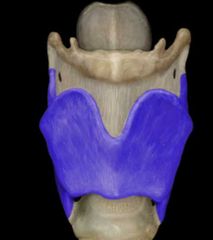
|
Thyroid cartilage |
|
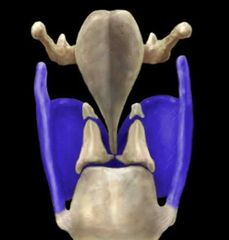
|
Thyroid cartilage |
|
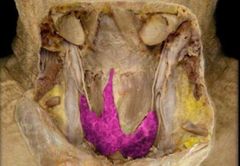
|
Thyroid gland |
|
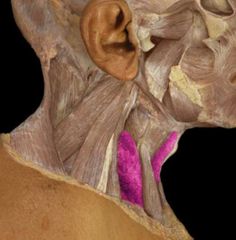
|
Thyroid gland |
|
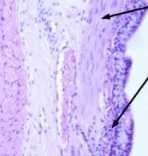
|
Tracheal layers |
|
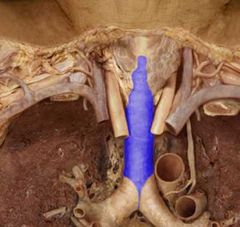
|
Trachea |
|
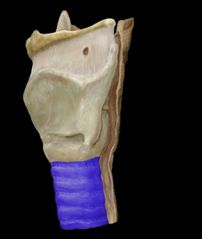
|
Trachea |
|
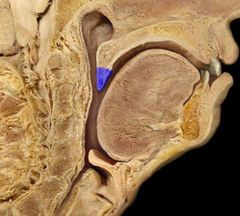
|
Uvula |
|
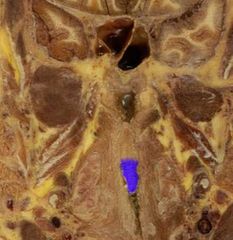
|
Uvula |
|
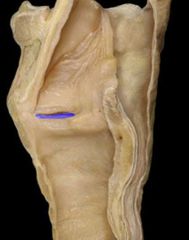
|
Vocal folds |
|
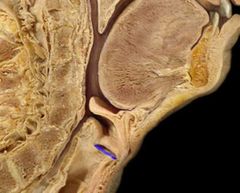
|
Vocal folds |
|
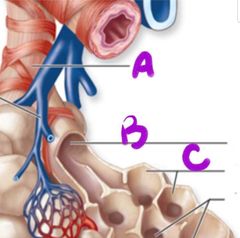
|
Respiratory bronchioles, alveolar duct, alveolus |
|
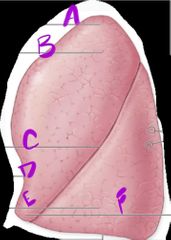
|
Apex, superior lobe, oblique fissure, cardiac notch, inferior lobe, lingula, base |
|
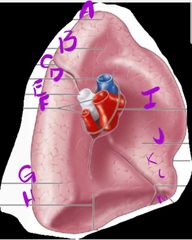
|
Apex, superior lobe, oblique fissure, pulmonary artery, main bronchus, pulmonary veins, inferior lobe, base, root of lung, cardiac impression, cardiac notch, oblique fissure, lingula |
|
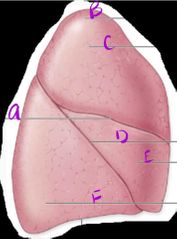
|
Horizontal fissure, apex, superior lobe, oblique fissure, middle lobe, inferior lobe, base |
|
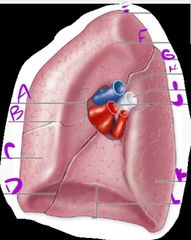
|
Hilum, horizontal fissure, middle lobe, oblique fissure, apex, superior lobe, oblique fissure, pulmonary artery, main bronchus, pulmonary veins, inferior lobe, base |
|
|
What is tidal volume?
|
The volume of air breathed in and out without conscious effort (average = .5 L)
|
|
|
What is inspiratory reserve volume (IRV)?
|
The additional volume of air that can be inhaled with maximum effort above tidal volume. Average - 1.9 L for females and 3.1 L for males.
|
|
|
What is Expiratory reserve volume (ERV)?
|
The additional volume of air that can be forcibly exhaled below tidal volume. Average .7 L for females, 1.2 L for males.
|
|
|
What is Vital capacity? |
The total volume of air that can be exhaled after a maximum inhalation. VC = TV + IRV + ERV. Average value 3.1 L for females, 4.8 L for males
|
|
|
What is residual volume?
|
The volume of air remaining in the lungs after maximum exhalation. Value used in this exercise = 1.5 L
|
|
|
What is total lung capacity?
|
TLC = VC + RV. Average value 4.2 L for females, 6.0 L for males
|
|
|
What is Minute ventilation?
|
The volume of air exchanged in 1 minute. TV x breaths/min
|

